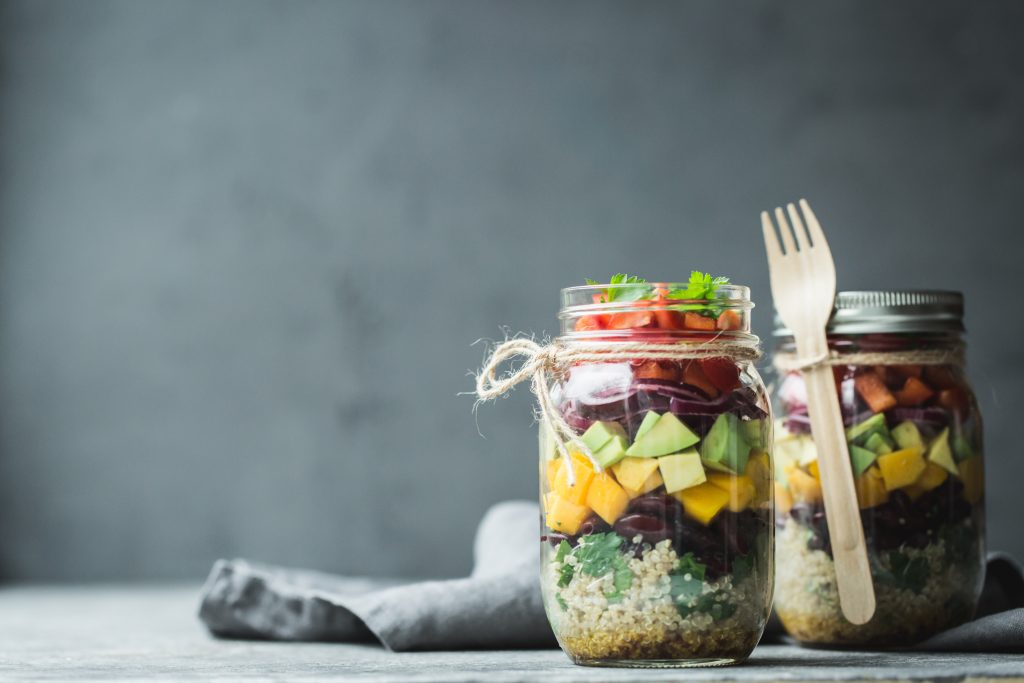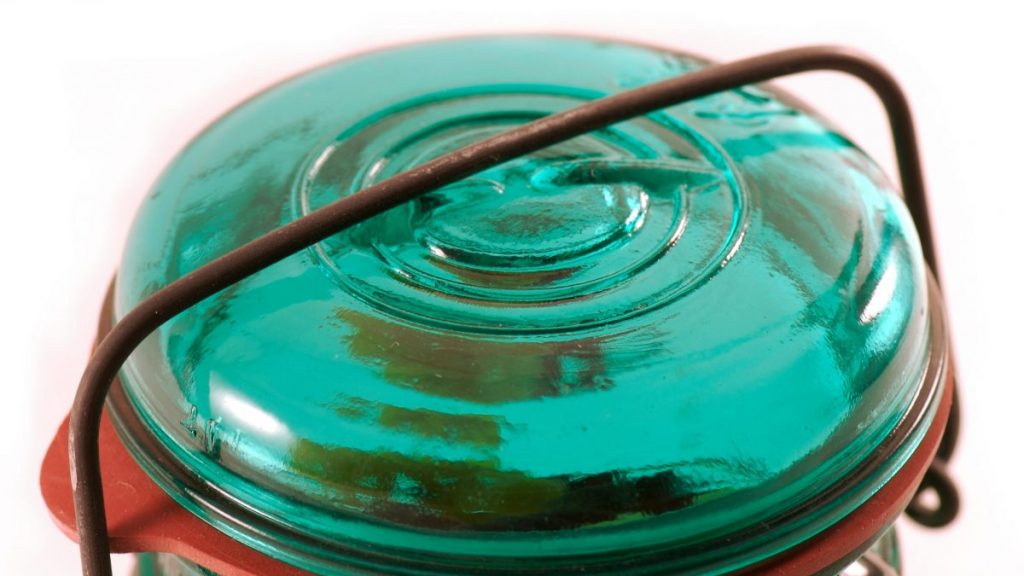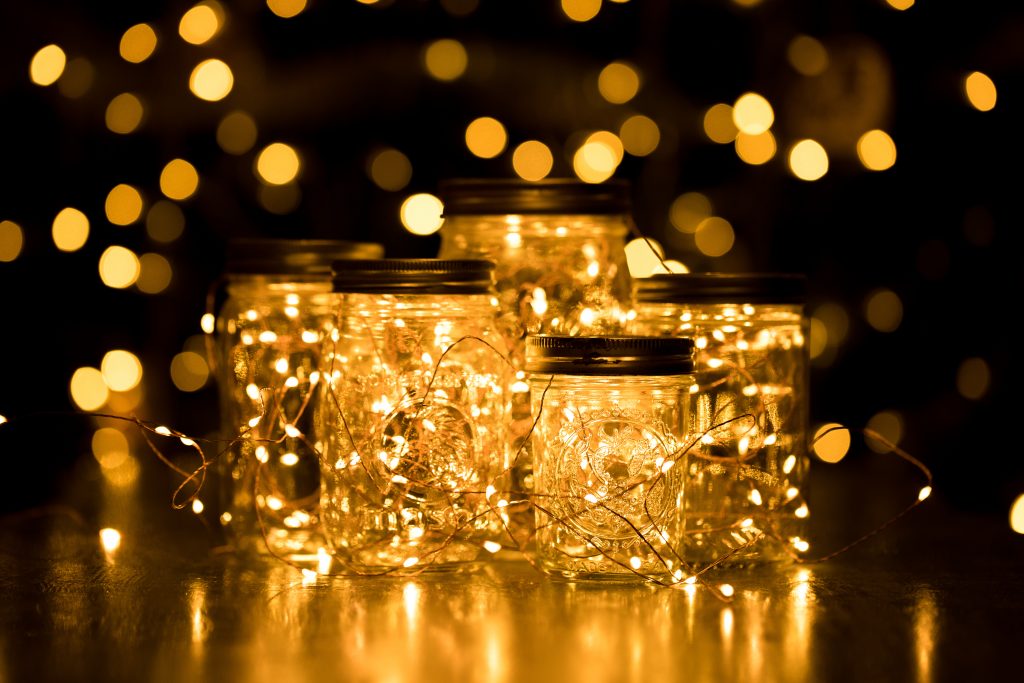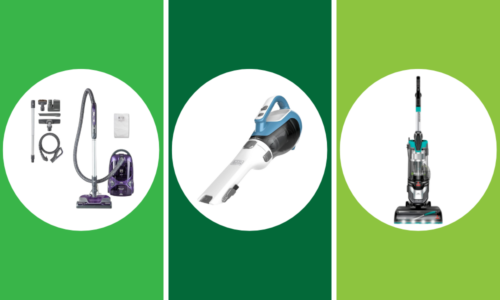The products and services mentioned below were selected independent of sales and advertising. However, Don't Waste Your Money may receive a small commission from the purchase of any products or services through an affiliate link to the retailer's website.
In the late 1800s, glass jars started replacing stoneware, helping families store food for later consumption. While they’re still used to preserve everything from beans to pickles to peaches, Ball and Atlas jars are also collectables. The vintage jars can be found just about anywhere, including thrift stores, flea markets and garage sales. Some of them are even considered valuable antiques and can fetch up to $1,000.
Mason Jar History
Mason jars have been around for more than a century and are still a staple in kitchens today. The first Mason jar was patented by Landis Mason in 1858. His invention tidied up home canning, which used to involve using wax to form an airtight seal. Not only was this messy, but it also wasn’t always effective in creating a seal. Mason patented a new way of guaranteeing a tight closure using a threaded screw-top lid that was “intended to be air and water-tight,” according to the patent, Smithsonian Magazine reports.
Ball started manufacturing them in 1880s. Since then, the jars have been produced in an assortment of colors, ranging from clear to pale blue — which are the most common — to yellow, amber, olive and other shades of green.
Today, many vintage Ball jars are worth between $20-$50. When it comes to valuing the type of jar you have, there are certain key factors to consider. Ball jars have undergone eight logo changes over the years, and all are valued at different prices. Different phrases can help you identify the year your jar was manufactured. Look for words such as “improved,” “special,” “perfect,” “sanitary,” “ideal,” “square” and “eclipse.” You can determine the age of a Ball jar by referencing the logo since it’s varied (the current Ball logo has been used since 1975). This helpful Ball logo chart dates them back to 1895.
Size matters, too. One vintage miniature 3-inch salesman “perfect” sample jar recently sold for $125, and Smithsonian reports that an upside-down Ball jar, a vessel produced in the early 1900s with the lid on the bottom rather than on the top, went for $1,000.
How To Find Out How Much Your Vintage Jar Is Worth
If you’re curious how much yours are worth, enter your jar’s label information into eBay or Etsy to see if any similar kinds have sold. Although it’s no longer printed, an old used copy of “Red Book 9: The Collector’s Guide to Old Fruit Jars” also might be useful for identifying jars.
Ball jars with unusual or unique embossing are often worth more than traditional jars. The same goes for ones that have a word misspelled, like this triple L Ball jar, dated between 1896-1910, that went for $75.
Square Ball jars date back to the 1890s and took up less space in the pantry, but never grew in popularity. This makes them slightly higher in value.
Hazel-Atlas Mason Jars
Atlas Mason jars have distinctive glass markings that make it easier to identify them. On the bottom of the jar, look for the Hazel-Atlas glass mark with a capital A tucked underneath a capital H. Some also have model numbers, and are either clear or aqua hued. But purple, amber and olive green jars are among the rarer varieties. One vintage amber glass jar recently sold for $375, while many fall in the $10-$20 range.
You can find them in several sizes: half-pint, pint quart and gallon. Even though many Atlas Mason jars are marked with dates, they aren’t always reliable for determining age as some molds were used for years. Examining the appearance of the jar is a better way to figure out the age.
Look for Seams or Ripples
Most Atlas jars have seams — but ones made before 1915 were hand-finished and might not have any visible seams. If you find any jars with ripples or waves in the glass, they might be older because newer jars have a smoother, more uniform texture.
Pay Attention to the Branding
Jars in excellent condition — free from cracks, chips and scratches — are the most valuable. Don’t worry about manufacturer defects like wavy glass or bubbles. Older jars will say “Atlas” while newer models have “Atlas Mason” printed on them instead.
Ask for a Professional Appraisal
If you are helping your grandmother clean out her attic and come across a stash of potentially valuable jars, consider having them professionally appraised.
Ways To Use Mason Jars
Even if your jar isn’t an antique, it’s still a useful household staple. You can use them for canning and food storage, but they’re also great for packaging homemade gifts like a mini terrarium. Glass jars also work well as vases and piggy banks, but don’t toss that lid! Use it to make a perfectly circular egg for a breakfast sandwich, or transform it into a photo fridge magnet or votive candle. You can even make a glow-in-the-dark fairy light with your kids using Mason jars.
Do you have any rare Ball or Atlas jars tucked away in your pantry or attic?











